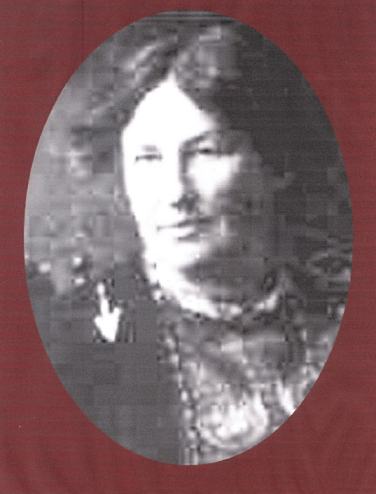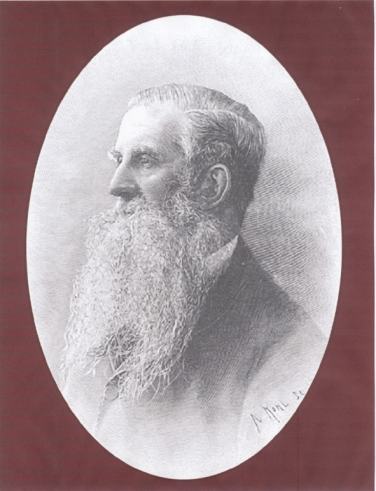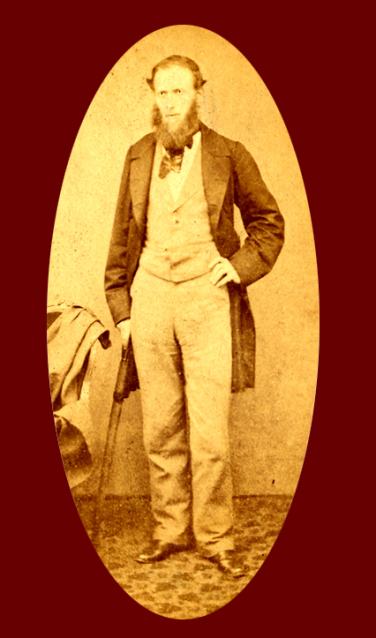
Victorian Times
The Victorian period has left a legacy of Italianate buildings throughout Cobh. This exhibition illustrates many features of architecture and domestic life typical of this era.
Victorian Cove/Queenstown
Unique in Ireland are the reproductions in the museum, of Queen Victoria's sketches of Cork Harbour on her visit to Cove in 1849, when in her honour, the name of the town was changed to Queenstown.
The exhibition gives a glimpse of the everyday life of a Victorian lady at this time. Bead work, sewing and articles from her 'toilette', including hatpins, combs, glove stretchers, button hooks and earrings are on display.



Charlotte Grace O'Brien
Founder of the "Emigrant's Home", Queenstown (1845 - 1909)
Charlotte Grace O'Brien was born in Co. Limerick in 1845, during the Great Famine. She became a keen supporter of Charles Parnell.
She devoted her life to the care of the Irish emigrant, having witnessed first hand the hardships endured in the lodging houses in Queenstown and on board the emigrant ships. She founded her own cheap and well run lodging house, "The Emigrants Home" in Queenstown to cater for departing emigrants, and campaigned successfully for better conditions for these people both here and in New York.
The following is an extract from one of many letters Charlotte wrote to the newspapers recounting her experiences on the emigrant ships:
"The pier was crowded, mostly with young men and women. Each emigrant must bring on board a mattress, tins and a plate. At first, the bustle of departure…the farewells, the buying of little pots of shamrock for love of the old land…prevented my being able to judge the individual faces. The evidences of fresh sorrow were on almost every face. Poverty was written in large letters there."
Pall Mall Gazette, May 6, 1881.


Joseph Ronayne
Railway Engineer (1822 - 1876)
Joseph Ronayne was born in Cork in 1822. He was the son of the city's last glassmaker, Edmond Ronayne of South Terrace, and a nephew of the humorist Francis Sylvester Mahony ("Father Prout").
He trained as a surveyor and worked with Sir John MacNeill, the famous road, bridge and railway builder. Ronayne was the assistant engineer during the construction of the Dublin-Cork and Cork-Bandon railways.During the 1850's he worked in California, USA, on the developing network of reservoirs, canals and aqueducts.
Ronayne returned to Cork in 1859 where he successfully directed the challenging construction of the Cobh Junction (Glounthane) to Queenstown railway, built along tidal seawalls and over harbour inlets. The railway line runs close to the house he built for his family and which he named "Rinn Ronain". This rail line remains today as the greatest surviving memorial to Ronayne's skill as an engineer.

William Edward Gumbleton
Horticulturist
(1840 - 1911)
Born in 1840, he was a member of an old Irish family. They were residents of County Cork and owned Belgrove estate on the east end of Great Island.
Gumbleton had a passion for rare plants and cultivated some which were the only specimens in Ireland though many were described as being 'very wretched.'
He had a special interest in herbaceous perennials and most particularly in species and cultivars of the composite Arctotis, one of which was named Arctotis gumbeltonii after him.
Unfortunately he did not make careful botanical studies of his plants or prepare herbarium specimens. Much of his considerable knowledge was lost on his death though his published notes preserve a small summary along with his letters.
Little remains of Gumbleton's ornamental gardens in which there were over 60 variously shaped beds of herbaceous plants at Belgrove in 1909 and Buddleia colvilei flowered there for the first time in the British Isles. Gumbleton's grave lies outside the walled garden, near a small pond. It is marked by a plain limestone slab engraved with his name and dates.
(Extract from an undated article "Irish Horticulturists II" by B.D. Morley & E.C. Nelson)


George Mounsey Wheatley Atkinson
Artist (1806 - 1884)
George Mounsey Wheatley Atkinson was a renowned 19th century maritime painter. Born in Cobh in 1806, he lived most of his life at 3 Mervue Terrace, overlooking Cork Harbour. He worked as a shipwright in his youth and is known to have later captained the 'Air', a wooden steamer built in Glasgow in 1825.
He was locally known as Captain Atkinson because of his position as a government Surveyor of Shipping and Emigration for HM Customs and Excise.
In 1844 the Cork Steam Shipping Company commissioned Captain Atkinson to paint their newly built ships. These paintings give us a visual record of a bustling time in Cobh during the 19th century.

